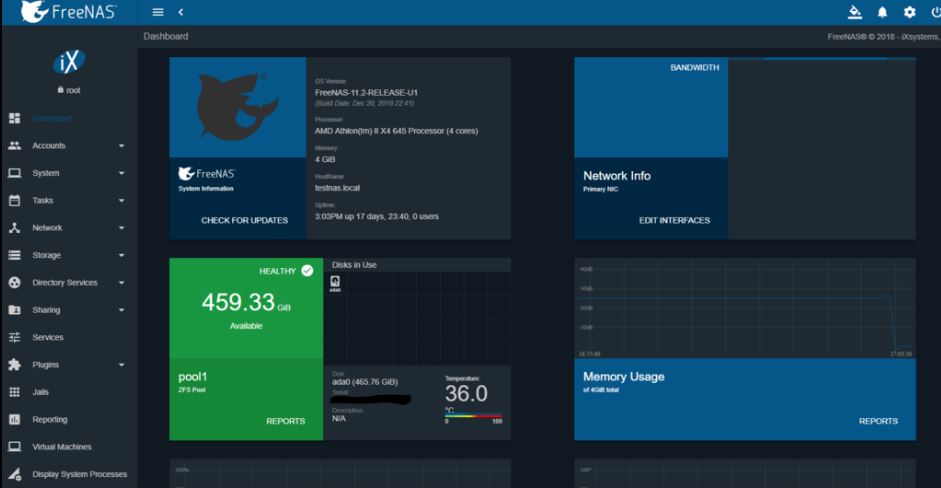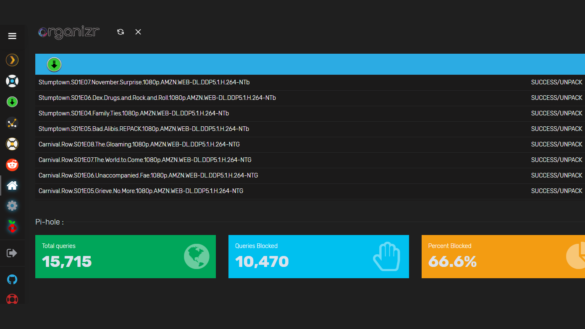

So why doesn’t everyone do this? The answer is that, despite the convenience offered by a NAS-based PMS solution, there is one huge drawback compared to dedicated PMS hardware: transcoding.Īs mentioned earlier, a fantastic feature of PMS is that it can automatically transcode content on the fly to suit the client device. Go to the “Remote Access” tab of the Plex settings and enable remote access.With Plex on a NAS, you can store your media right on the NAS alongside the server software, and have everything run off of one relatively small package. Make sure you are familiar with the security risks of opening a public port before configuring anything on your firewall. In case you use pfSense you have toĪdd a firewall rule on the WAN interface. In summary, ensure that your domain resolves to your public IP and forward port 32400 on the public

On both your DNS provider and your firewall. I’m not going into great detail here because it depends The last step is to set up DNS resolution and port forwarding.


Set the following configuration (replace PASSWORD and ): Go to the “Network” tab of the Plex settings. Use the Let’s Encrypt Certificate in Plex SLEEPTIME = $( awk 'BEGIN' ) echo "0 0,12 * * * root sleep $SLEEPTIME & certbot renew -q" | sudo tee -a /etc/crontab > /dev/nullįor testing, you can use sudo certbot renew -force-renewal to force a renewal and trigger the post renewal hook. For Debian the official recommendation is using Snap: The EFF provides installation guides for multiple Theįollowing guide will explain how to use a valid Let’s Encrypt certificate with Plex remote access. So I chose the remote access (reverse proxy will work fine if those features are not important for you). Plex features like the Sonos integration and the mobile Plex apps are not working with this setup since they need directĪccess. Also, I have more control on how the server is exposed to the public Internet. Generally I would prefer the reverse proxy since I can use my existing reverse proxy which already has a valid Let’sĮncrypt certificate.


 0 kommentar(er)
0 kommentar(er)
